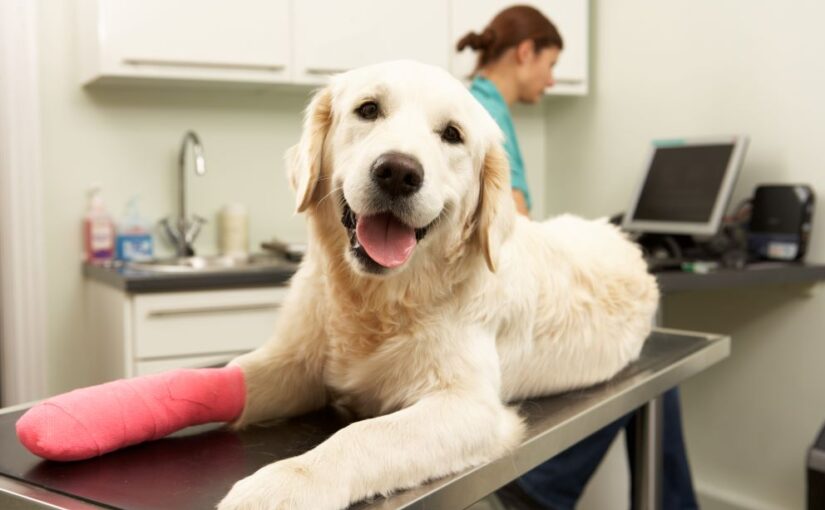Pets are more than just companions; the majority of them have become a larger part of the community. Even in today’s generation, people are inclined to take in pets rather than creating a family of their own. This is the reason why their health is the top most priority to most households. However, when a pet faces a medical problem, veterinary surgery might be a choice. In this article, you will learn more about surgery for your pet (hopefully you won’t!) if you need it in the future.
What is Veterinary Surgery?
This is a medical procedure for pets that involves surgical techniques to diagnose and treat animals with health issues. It’s specifically done if the pet is facing medical issues and only a specific specialist with years of experience and a skill set can do it.
With the tech joining in the field, veterinary surgery has become modern with less invasive procedures, advanced machinery for diagnoses, and even more precise techniques to treat animals. It has offered far advance and faster recovery than before.
Types of Veterinary Surgery
Soft Tissue
This is a broader procedure but doesn’t involve joints or bones. It is the most common and mostly involves removal of tumors or mass, repairing hernias, removal of bladder stones or those that involve eye or reproductive organs problems on pets.
Orthopaedic
This surgery involves procedures in bones, joints and the ligaments. These are often caused by accidents or medical conditions that only surgery can correct it.
Lesser Invasive
True to its name, this surgery is less invasive than the other two mentioned surgeries since it only requires smaller incisions and only to reduce pain. This surgery comes from spaying or biopsy or other internal medically induced procedure such as castration or gastropexy.
When Will Surgery Be Necessary?
Many pet owners think that when their pet is hurt they can ultimately resort to home remedies. However, there are certain cases and most of the time, these are obvious ones, that pets should be brought to the nearest vet clinic when the pet injures itself and;
- Life threatening such as when there is already blood or tumor is obvious;
- When mobility is hindering the pets to properly move around;
- When pets are lethargic or weak, vomiting, and other obvious symptoms of pain;
- When there’s visual evidence that the pet needs to be spayed or neutered.
Most of the time, surgeries are done to prevent complications in the future. The best option for any pet owner is to consult with a vet, discuss the benefits and even the risks to be well-informed, and decide afterward.
Final Thoughts
Veterinarians usually provide medical advice when surgery is needed. When it is, they also give instructions on what to do next such as things to prepare before surgery and what to do after it. If you have a vet already – good for you. However, for those who have none or just want another option, the best thing to do is be on the lookout for the best clinics that do surgery. Reading reviews about a clinic is the best step to start.


